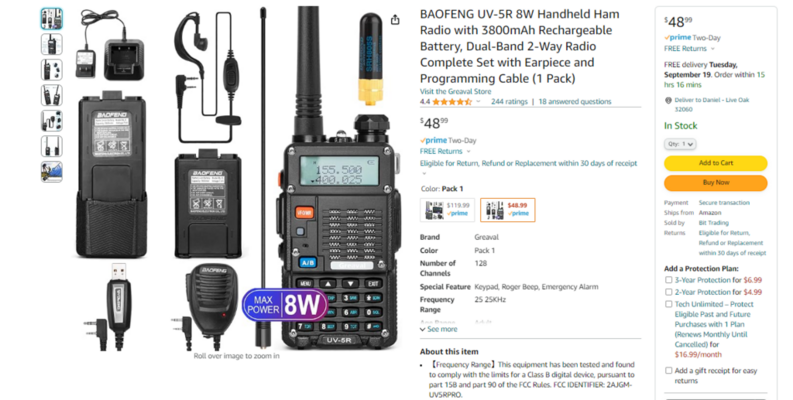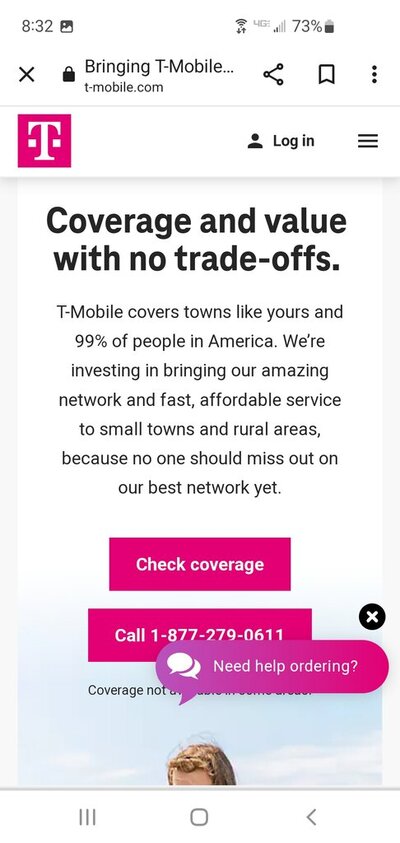Cell coverage is static, and given the geographical area the OP will be traveling, odds are pretty high there will be areas of no coverage. Where I tend to travel here in NM and CO I can pretty much count on no coverage most of the time. The key to reliable direct communication over a handful of miles isn't about a brand, make, model of radio or even what frequency band it is - the key is an efficient antenna. An analogy I'll make is a light bulb. If you take a 100 watt light bulb and hang it from a 100ft pole, you'll see that light for quite a distance. Take that same light bulb and lay it on the ground and a few dozen feet is about all you'll get. Radio is no different. You can take an FRS radio with it's built in antenna, use it inside a car and you'll notice the signal degrading probably in a quarter or half a mile. Take that same radio, connect it to an efficient antenna on the roof of the car and with the same radio likely ten times that range will be possible. When I operate a handheld ham radio from a mountaintop, I can communicate 50 miles or more. FRS radios by law can't use external antennas though. GMRS radios can, but require a license. CB's nearly exclusively use external antennas but being AM, can be plagued with static and interference. So while the range of a CB could potentially be sufficient, an efficient antenna is harder on that band and the noise can be a problem, so I would focus on something VHF or UHF FM. Those options would be FRS, GMRS, and MURS. These are "public" bands and with some possibility of interference from other users but out in the hinterlands, where cell phones are least likely to work, there won't be anyone else around on these bands to bother you. Probably the easiest thing to start with is a set of FRS radios and experiment with what kind of range you can practically get from car to car on the road. You may find it's enough and no further effort needed for a better solution. From there it would come down to sourcing a set of GMRS or MURS radios and external antennas, and a license as appropriate.
Mark B.
Albuquerque, NM




